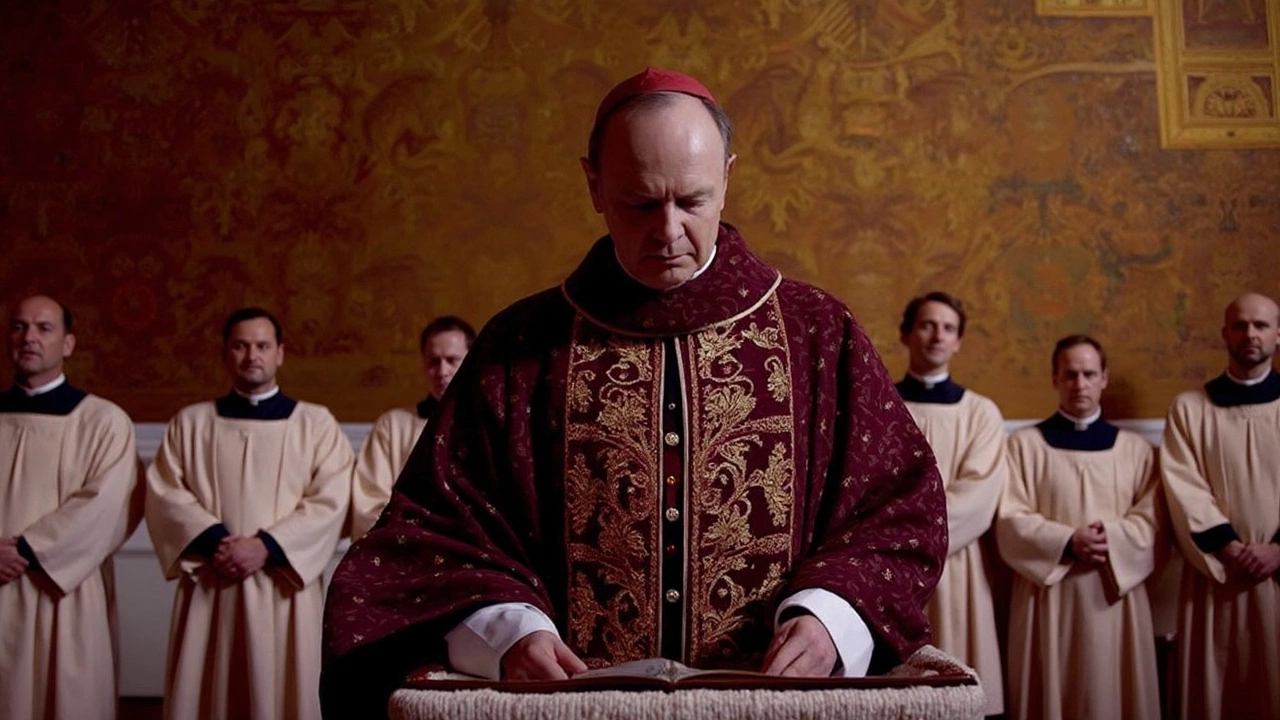Boost Your TV Picture Quality in Simple Steps
If you’ve ever watched a movie and felt the image looked flat or washed‑out, you’re not alone. Most TVs ship with generic presets that look okay but rarely showcase the full potential of the panel. The good news? You can dial in a crystal‑clear picture without hiring a professional. Below are practical tweaks anyone can do, plus a few tools that make the process easier.
Start with the Right Picture Mode
All manufacturers bundle modes like "Standard," "Vivid," or "Cinema." For most daytime viewing, "Standard" is a safe bet, but it often boosts brightness at the expense of contrast. Switch to "Cinema" or "Movie" mode for more accurate colors and deeper blacks. If you’re in a dark room, try "Game" mode – it reduces input lag and usually sets a tighter color gamut, which can look fresher.
Fine‑Tune Brightness, Contrast, and Color
These three sliders are the backbone of a good picture.
Brightness controls the black level. Turn it down until the darkest parts of a scene still show detail, then back it up a notch. Contrast affects how bright whites get; increase it until bright highlights stay crisp without blooming. Finally, Color (or Saturation) should be left near the midpoint – too high makes skin look orange, too low looks washed.
Most TVs also have a Color Temperature setting. "Warm" adds a slight amber tint and mimics cinema lighting, while "Cool" leans blue. Choose "Warm 2" or "Warm 1" for the most natural skin tones.
Enable HDR Properly
High Dynamic Range (HDR) can jump‑start your TV’s performance, but only if the content supports it and the TV is set up right. Make sure your HDMI ports are labeled "HDMI 2.0" or higher and that the TV’s HDR mode is turned on. Some models have an "Auto HDR" toggle – leave it on. If HDR looks too bright, dial back the "Peak Brightness" or use the TV’s built‑in HDR calibration tool.
Use a Calibration Tool (or Free Test Patterns)
For the best results, grab a free test‑pattern app on your phone or a YouTube video titled "HDTV Calibration". Display the pattern and follow the on‑screen prompts: adjust the grayscale bars until each step looks distinct, set the color bars for proper hue, and check motion handling if you watch sports. Even a quick 5‑minute run‑through can make a huge difference.
Mind the Viewing Environment
Room lighting matters. Avoid direct light hitting the screen – it lowers contrast. Soft ambient lighting behind the TV (bias lighting) reduces eye strain and can make colors pop. Also, sit at a distance of about 1.5 to 2 times the screen’s diagonal for a 4K TV; this lets you appreciate the detail without seeing individual pixels.
Keep Firmware Updated
Manufacturers often release firmware updates that improve picture processing algorithms. Check the TV’s settings menu regularly and apply any available updates. It’s a painless step that can add new picture modes or improve HDR handling.
By swapping out the default preset, nudging brightness, contrast, and color, and using a quick calibration video, you’ll notice sharper detail, richer colors, and deeper blacks – all without spending a dime. Your favorite shows and games deserve the best picture, and now you’ve got the tools to make it happen.

Conclave Sets New Standards for TV Picture Quality Testing with Striking Visuals
Conclave is now a top pick for experts benchmarking TV picture quality, challenging displays with its strict palette of reds, whites, and blacks. The film’s intense lighting and unique cinematography highlight differences between OLED and Mini LED screens, making it essential for thorough TV testing.
View more